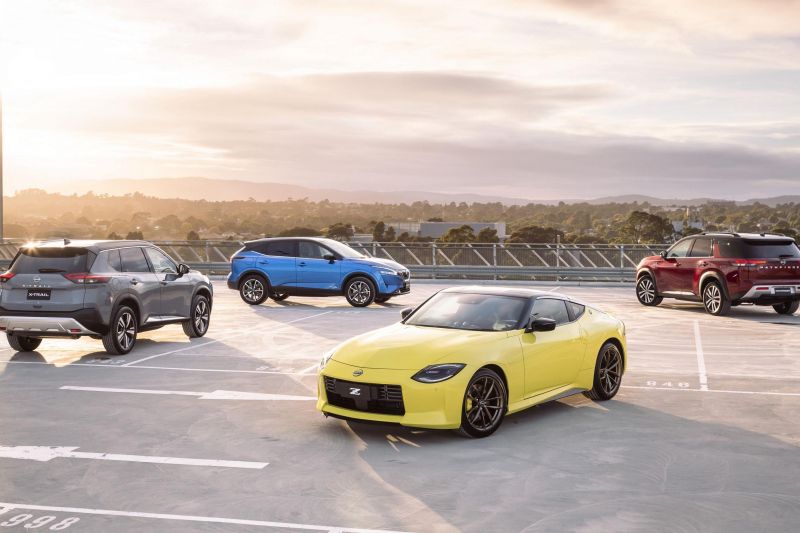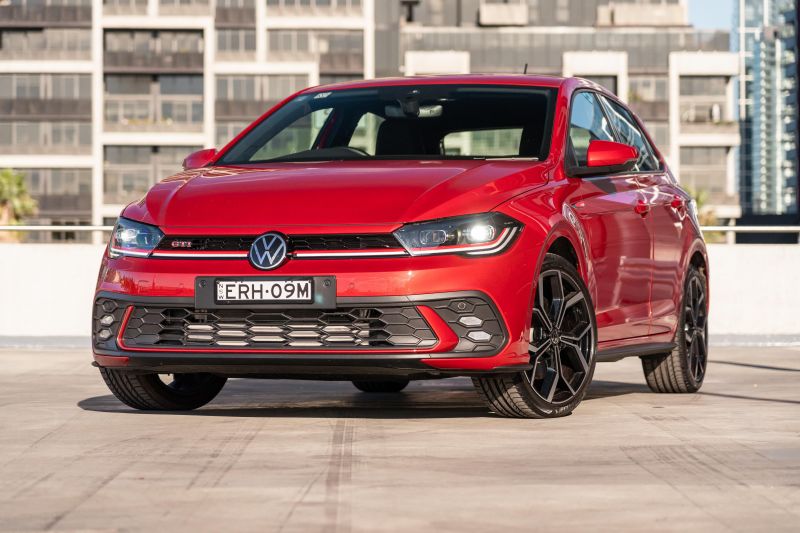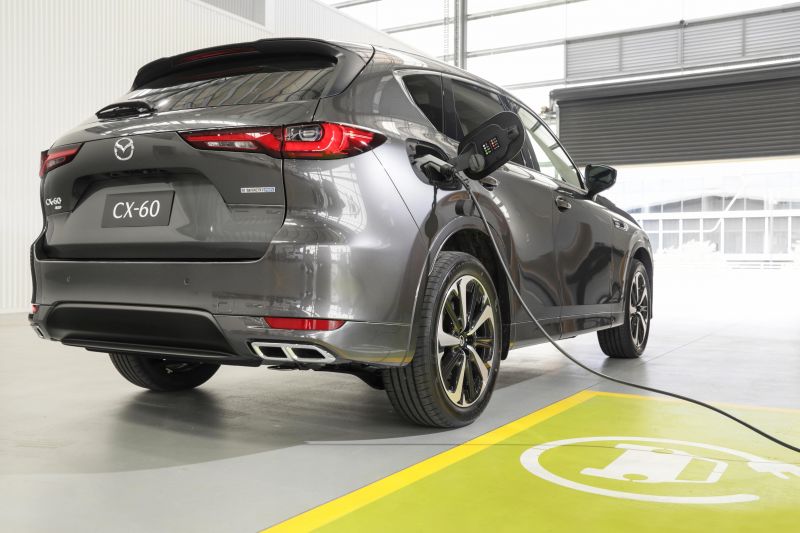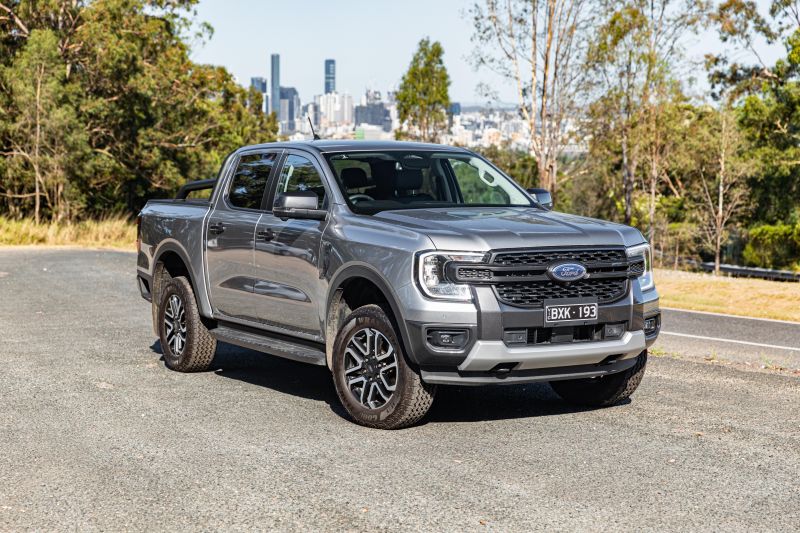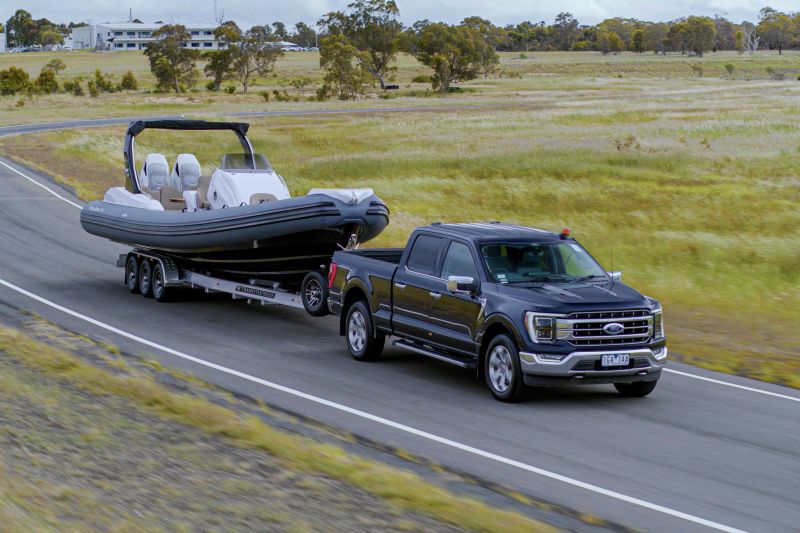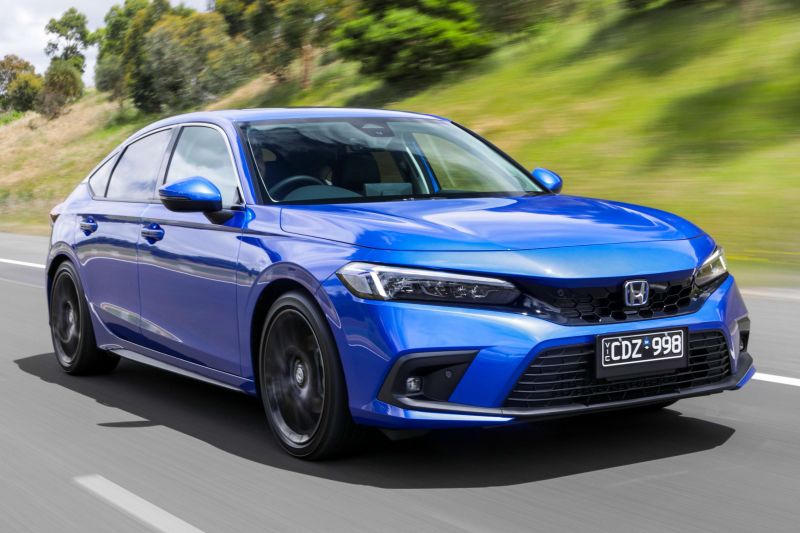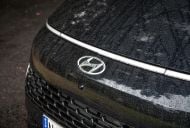Nissan, Volkswagen, Mazda, Ford and Honda shed more sales last year, relative to 2021, than any other car brands.
Australian market sales data for 2022 – covered in our full wrap here – shows that sales climbed 3.0 per cent in 2022, making it the strongest year since 2018 despite ongoing stock shortages.
Here we expand on this by looking at the biggest losers, by finding out which five brands lost the most sales year-on-year (YoY).
We’re focusing on total sales changes rather than percentage changes, the latter of which tend to skew to less mainstream manufacturers.
Nissan – down 14,772 units
It wasn’t a good year for Nissan, recording 26,491 sales to be down 36 per cent. In gross terms that means it sold 14,772 fewer cars in 2022 than it did in 2021.
According to VFACTS industry sales data, which goes back to 1991, that was the worst sales result since 1995 when Nissan recorded 25,048 sales.
For further context, Nissan’s sales a decade ago (2012) were three-times greater, with its market share tumbling from 7.2 per cent to 2.4 per cent accordingly.
You can see a visualisation of how those sales compare to a decade ago in 2012 by checking out our animated infographic here.
There’s some important context here however: It replaced the popular Qashqai, X-Trail and Pathfinder SUV with (delayed) new-generation models and had periods of time where its dealers were caught without stock either old or new.
Nissan’s top performer was the Navara 4×4 on 8832 sales, but it fell 32 per cent, while the sole bright spot was the mighty V8 Patrol – 5724 sales, up 72 per cent for a record in this generation.
Things should improve for Nissan in 2023 given it has a brand new SUV range, a new Z with a massive order bank, and will commence its e-Power hybrid rollout.
MORE: Nissan sales in Australia in 2022
Volkswagen – down 9824 units
Volkswagen Group Australia was hit harder than most when it came to headwinds in 2022.
Not only were there chip shortages pummelling its German plants, but issues with parts supply coming from Ukraine, and ongoing shipping issues.
Much of this explains why the VW brand tumbled 24 per cent to 30,946 sales, and thereby missed out on a top 10 finish. This decline means it sold 9824 fewer cars than in 2021.
You can see a visualisation of how those sales compare to a decade ago in 2012 by checking out our animated infographic here.
Staples such as the Polo (down 3580 units YoY), soon-to-be-replaced Amarok (down 3145), T-Roc (down 1211), and Tiguan (down 1114) all took hits.
The only VW products that did better in 2022 than 2021 were the Golf (up 1297 units or 67 per cent) and Arteon (541 units, as it returned to market after a layoff).
Looking to 2023, Volkswagen says it is hopeful of a 20 per cent upswing or more in sales as supply chain normality returns.
In terms of products, it will launch the new Amarok, Touareg R PHEV, and its first EVs, the ID.4 and ID.5, across 2023.
MORE: Volkswagen sales in Australia in 2022
Mazda – down 5401 units
Mazda still finished second overall in the market behind only Toyota, but its 95,718 sales tally was down 5 per cent (or 5401 units) over the 2021 figure.
You can see a visualisation of how those sales compare to a decade ago in 2012 by checking out our animated infographic here.
Driving much of this was the decline of the once top-selling Mazda 3, which lost 4487 sales over 2022 YoY, equal to a 31.8 per cent drop.
Granted, the CX-30 SUV which shares many of the same parts pinched many sales but it was only up by 582 units or 4.4 per cent.
The other Mazda product that tumbled at scale was the BT-50 4×4 ute, down 2253 units YoY or 17.6 per cent.
In terms of new products coming for Mazda this year, the big ticket item is the CX-60 SUV, its most premium product to date and first plug-in hybrid.
MORE: Mazda sales in Australia in 2022
Ford – down 4752 units
It was a mixed bag for Ford Australia in 2022, launching a few significant new vehicles but also pulling the pin on a few others. As such its sales dipped by 4752 units to 66,628 overall.
You can see a visualisation of how its 2022 sales compared to a decade ago in 2012 by checking out our animated infographic here.
In a year where it entered an all-new generation, the top-selling Ranger – responsible for about two-thirds of the brand’s deliveries here – lost 2800 sales YoY, but it’s taking some time to get production to match demand, hence wait times.
It remains Australia’s second top-selling vehicle though, and its Everest SUV spinoff had a bumper year with numerous monthly records, gaining 1955 additional sales YoY in 2022 (up 23 per cent).
Other downsides were the Mustang (down 940 sales) which remained Australia’s favourite sports car, but tumbled due to low supply. The changeover to the new-generation Pony revealed in 2022 is imminent.
The Transit Heavy (down 883 units), Puma (down 810 units), Transit Custom (down 779), and Focus (down 574) all contributed.
There’s plenty big (literally) happening for Ford in 2023, beyond satisfying long Ranger and Everest back-orders. The mighty F-150 will return, while the new-gen Mustang should also appear late in the year. Ford will also launch its first EV here, the E-Transit, this year.
MORE: Ford sales in Australia in 2022
Honda – down 3347 units
Honda did to its credit flag that its sales would fall under its new ‘agency’ business model, where it sets the prices nationally for its dealers.
It has steadily whittled back its product range by axing the Jazz and Odyssey, and taken its core vehicles upmarket.
But the brand still fell short of its goal of around 20,000 annual sales with a richer profit mix – just one-third what it managed in the salad days of 2007 – by returning only 14,215 units.
The Civic tumbled by 2085 units or 71 per cent, and the HR-V fell 1352 sales or 22 per cent, and the Odyssey was discontinued and fell by 729 units YoY.
Despite being its oldest ongoing product, the CR-V did quite well in 2022, growing 2248 units YoY, equal to 18.2 per cent.
As far as new products go, we’re expecting the new Honda ZR-V to arrive this year to sit between the HR-V and CR-V – the latter of which itself is primed for a new generation too.
MORE: Australia’s new car sales results for 2022
MORE: 25 years of new vehicle sales in Australia – 1997-2022


